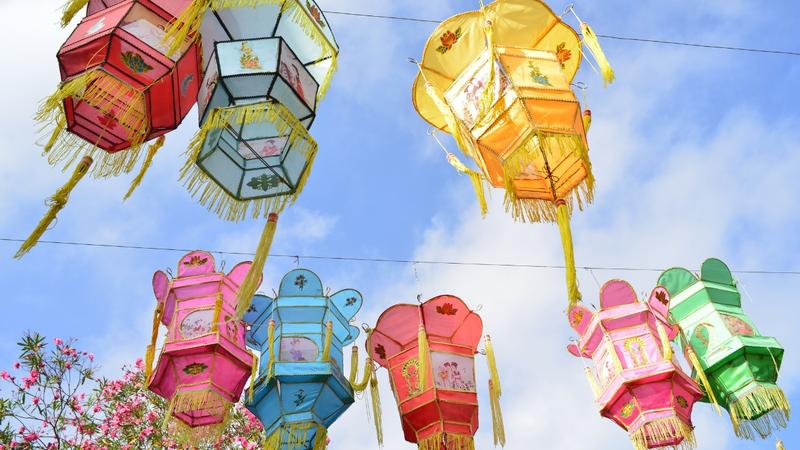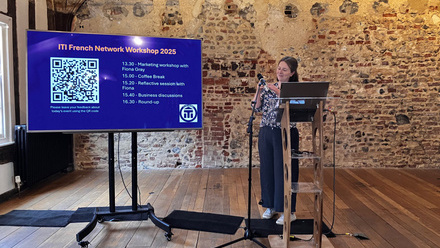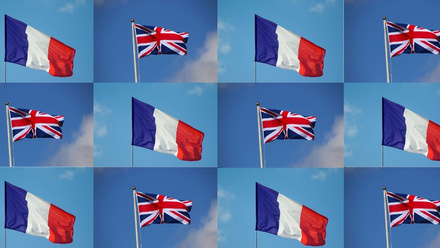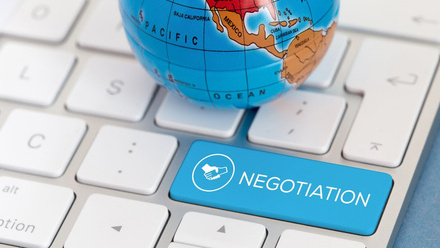6 ingredients of a good translation
Do you, your company or your organisation need to get something translated? Maybe this is the first time you’ve had to do so or perhaps you’ve been less than happy with your experience in the past. ITI Member, Matthew Popplewell, offers six pointers on what makes for a good translation so that you know what to look for in a good translator.
What is translation?
Before identifying the ingredients of a good translation, it is necessary to define what translation is. Without getting too technical, translation is the process of transferring the meaning of written text from one language to another. For example, you might have a press release in German (the source language) that you need translating into English (the target language).
This article proposes that a good translation will consist of the following six ingredients:
- Fitness for purpose
- Linguistic accuracy
- Excellent writing
- Cultural awareness
- Subject expertise
- Quality assurance
1. Fitness for purpose
Translations need to be fit for purpose, that is, they must achieve what you want them to achieve. What type of text do you wish to get translated? A press release, advertising copy, a brochure, web content, product instructions, a letter, terms and conditions, social media posts, certificates? Each of these will have a different style – some more formal, some less so, some more technical, others more conversational, and so on.
The style of writing is also directly linked to the target audience. Who will be reading the text? Is it written in language that will get the message across to them effectively? A good translator will ask you about what you want the translation to achieve and who the target audience is; the more information you can provide, the better the finished product will be.
2. Linguistic accuracy
A good translation accurately conveys the meaning and nuances of the original text. To this end, a translator should have a strong command and understanding of the grammar, syntax (sentence structure) and vocabulary of both the source language and the target language. To acquire this, they will typically need a degree level education in languages and/or translation, will read extensively in both languages, and, ideally, will have spent extended periods living in their source- and target-language countries.
It’s important to point out here that, while any facts and figures must be rendered precisely, accuracy in this context doesn’t mean translating sentences word for word, but rather getting across equivalent meaning from one language to another.

3. Excellent writing
A high-quality translation should be an excellent piece of writing in its own right. This means that the translator needs to be a skilled wordsmith in their target language. The fine nuances, cultural references and sophisticated turns of phrase involved in exceptional writing will usually necessitate that they be a native speaker of that language.
Of course, some foreign speakers of a language can also write it extremely well, but even minor errors can make a text sound odd, unintentionally humorous or offensive to native-speaker readers, something which you’ll want to avoid at all costs, especially with publications where your organisation’s reputation is at stake.
A helpful way to think about the level of writing required in a good translation is as follows: assuming the target language is Castilian Spanish, for example, then a Spanish person who doesn’t know that the text has been translated should be able to read it without thinking that it sounds like a translation, that is, like it has been produced by someone from another country or someone influenced by the style of the source language, whatever language that may be.
4. Cultural awareness
Language is closely bound up with culture – just think of all the curious sayings you know in your own language and what they tell you about the history, mentality and social customs of your country. As such, a good translation will take account of the culture of both the source and target language so that it resonates with and makes sense to the reader.
As with linguistic accuracy, developing cultural awareness normally requires a translator to have spent longer periods living in their source- and target-language countries.
One buzzword in this context within the translation industry is localisation. Essentially, it’s about how the cultural dimension outlined above is taken into account in the expressions, vocabulary, date formats, currency units, punctuation and other elements employed in the translation to produce a text that sounds natural and appeals to a specific audience, whether an entire nation, a region or a local area.
Effective localisation helps to ensure that audiences identify more readily with your message, brand or service, which makes them more likely to buy from you or heed your call to action.

5. Subject expertise
A good translation will demonstrate subject expertise and good translators will usually specialise in a limited number of subjects. Why is this? Well, think about it – would you be confident writing about every single topic in your own language? Maybe you’re a legal expert, but would you be comfortable producing an in-depth article on world religions? Or perhaps you really know your football, but how would you feel about giving a presentation on the latest technological advances in architecture?
It’s no different when it comes to translation. If your text is specialist in nature and needs to make a good impression on savvy readers in their own language, then the translation should be entrusted to someone with expertise in the topic at hand. Good translators will have honed their subject knowledge over several years and undertake regular training to keep it up to date in their source and target languages.
6. Quality assurance
The final ingredient of a good translation is that of quality assurance. A high-quality translation will have been checked thoroughly by the translator themselves. It’s also advisable to have the translation proofread and/or edited by a second professional translator who’s also a native speaker of the target language, on the basis that two pairs of eyes are better than one. This will of course factor in to the cost, but it’s a worthwhile investment, as the quality of the text will ultimately reflect on your company or organisation.
Another important question when it comes to quality assurance is how you as a translation buyer can be confident that your translator is properly qualified. Aside from asking them about the points covered in this article, it is worth enquiring about their professional memberships, as expert translators will be keen to engage in the networking and skills-development activities that translation associations provide.
The leading UK-based organisations are the Institute of Translation and Interpreting (ITI) and the Chartered Institute of Linguists (CIOL). Full members of either one will have had to pass a translation examination/assessment.
Conclusion
A good translation is one that does what you need it to do and does so well. This requires that it is fit for purpose, i.e. that it is written in a style appropriate to its text type and takes account of who will be reading it (the target audience).
It must also be linguistically accurate, conveying the meaning, facts and figures of the original text in correct English.
In addition, it should be well written and not sound like a translation, so that people actually enjoy reading it or at the very least are not put off by awkward language. This usually means that it needs to be translated by a native speaker of the target language.
A high-quality translation will also reflect an awareness of the culture of both the source and the target language. As a result, readers should be able to identify with any examples or references used in the text. If the translation is aimed at a specific market, then it must be localised properly to engage the target audience.
What’s more, a good translation will demonstrate subject expertise, using the right terminology and style for the topic in question.
Lastly, it will be quality assured, that is, it will have been checked thoroughly by the translator and, ideally, a second native-speaker translator to ensure that the spelling, grammar, syntax, facts and figures are correct, and that the text reads well.
A good translation containing all of the above ingredients can only be produced by a good translator, and a good translator will most likely be a member of a professional translator’s association like ITI.
The translation and interpreting industry is not regulated. Therefore, it is important that you work with freelancers or language services companies who are members of a reputable professional body like the Institute of Translation and Interpreting (ITI).
Have confidence in who you hire. Use the ITI Directory to find an ITI Qualified translator or interpreter, or a Language Service Provider that is an ITI Corporate member.






